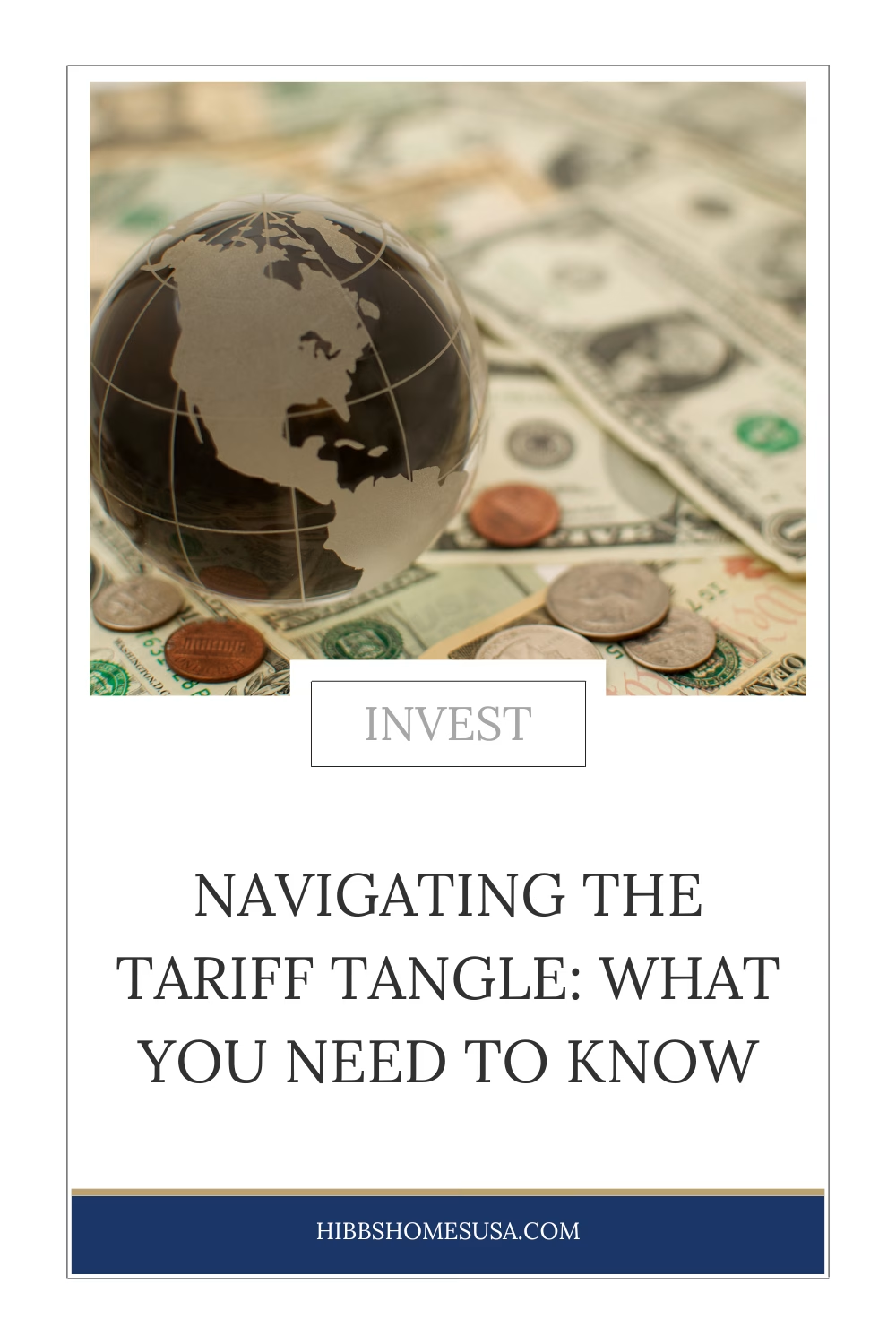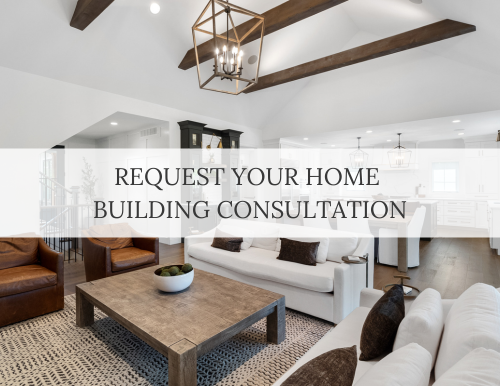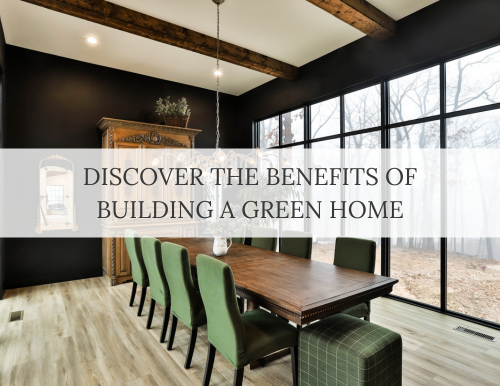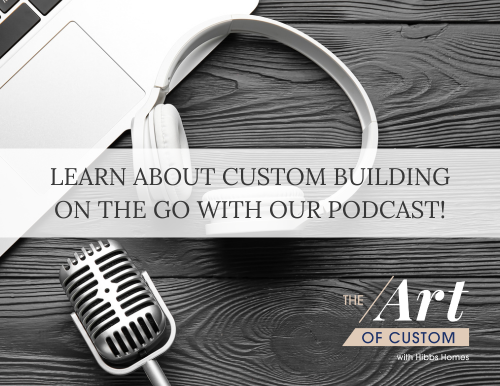S7, Bonus: Navigating the Tariff Tangle
Understanding Tariffs and Construction Costs
In this bonus episode of The Art of Custom, we break down the facts behind recent tariff discussions and what they really mean for homebuilding costs in 2025.
From lumber and materials to appliances and finishes, they separate media headlines from on-the-ground realities get expert insights on how tariffs may affect pricing, how builders are preparing, and how homeowners can plan strategically.
If you’re considering building a custom home this year or next, this short, data-driven episode will help you make informed decisions and move forward with confidence.

SEASON SEVEN, BONUS EPISODE | TRANSCRIPT
With constant headlines about trade tensions and rising material prices, homeowners are understandably uncertain about how tariffs might affect the cost of building a new home.
We cut through the noise to explore what’s really happening in the industry, what to expect in the coming months, and how to plan smartly if you’re preparing to build in 2025.
Where Things Stand with Tariffs
As of the taping of this episode, tariffs have not had a major effect on residential construction costs.
While some vendors have begun adjusting their prices preemptively, tariffs typically take several months to influence material costs and there’s still no definitive policy in place. Because of this uncertainty, some suppliers are reacting too quickly, but overall, builders haven’t seen significant price increases related to tariffs yet.
The takeaway: the impact of tariffs is evolving, but it’s not a reason to panic or delay your plans.
Lumber and Canadian Softwood
A key area of concern is softwood lumber imported from Canada, which supplies roughly 85% of the wood used in U.S. homebuilding.
A 15% tariff on Canadian lumber has been in place for years and has not changed under current trade discussions. While there’s talk that the tariff could double later in 2025, the change wouldn’t take effect for several months, if at all.
For now, lumber prices remain stable and still far below the record highs seen in late 2020 and 2021.
Materials, Selections, and Appliances
In construction, materials generally fall into two categories: sticks and bricks (the structural elements) and selections and finishes (appliances, cabinetry, and interior details).
According to industry leaders like Pulte Homes CEO Ryan Marshall, the overall impact of tariffs would be modest. Pulte projects about a 1% cost increase across new home builds, translating to roughly $5,000 on a $500,000 home or $10,000 on a $1 million home.
The National Association of Home Builders (NAHB) estimates a slightly higher figure with around $9,200 added to the cost of an average $400,000 home.
In context, that’s relatively minor compared to typical year-over-year price increases of 3–5%, which naturally occur with inflation and rising labor costs.
The conclusion? Waiting out tariffs could cost more than building now.
What Homeowners Can Do
For clients currently under construction or nearing the start of a build, talk to your builder about strategically ordering certain materials.
Items like appliances, metal fixtures, and steel fireboxes can be purchased ahead of time to avoid potential future price increases. Even if storage fees apply, it may offset the added cost of tariffs later in the year.
However, not everyone needs to rush. It’s about working closely with your builder and vendors to make informed decisions based on your project’s stage and timeline.
Sorting Fact from Fear
Much of the national media coverage on tariffs tends to generalize across industries, lumping homebuilding in with sectors like automotive or agriculture. The construction industry’s exposure to tariffs is relatively small, with only about 7% of materials used in homebuilding imported from countries facing tariff discussions.
In other words, while it’s important to stay informed, the tariff panic circulating in the news may not fully reflect what’s happening on the ground for most builders and homeowners.
Key Data from NAHB: Construction Cost Trends
Highlights from the NAHB 2024 Cost of Constructing a Home report, which surveyed more than 4,000 builders nationwide, include a few key findings:
- Construction costs now make up roughly 65% of total project cost, up from previous years.
- Finished lot costs have dropped to about 14% of the total, though that varies for custom builds where clearing, retaining walls, or utilities add expense.
- The average new home size has increased slightly post-pandemic, rising from 2,500 square feet to around 2,700.
- Interior finishes now account for about 24% of total construction cost, though custom homes often exceed this due to higher-quality selections.
The takeaway: while costs have increased by roughly 35–40% since 2020, they’ve stabilized and only softwood lumber prices have returned to levels before those increases.
Despite the uncertainty around tariffs, it’s not a crisis for the custom home industry.
Builders, suppliers, and clients should stay informed but avoid overreacting to headlines. For those considering a new build, now remains a good time to plan and design. Delaying too long could lead to higher costs driven by inflation rather than tariffs.
As Kim puts it, “If you’re ready to build, start the conversation. It’s better to plan ahead than to wait out a market that never stops changing.”
For more information visit www.artofcustompodcast.com or find us on Facebook and LinkedIn as The Art of Custom. Be sure to subscribe to get the latest episodes and please rate and review. The Art of Custom is produced by HugMonster sound with original music by Adam Frick-Verdeen. Thanks for listening.




